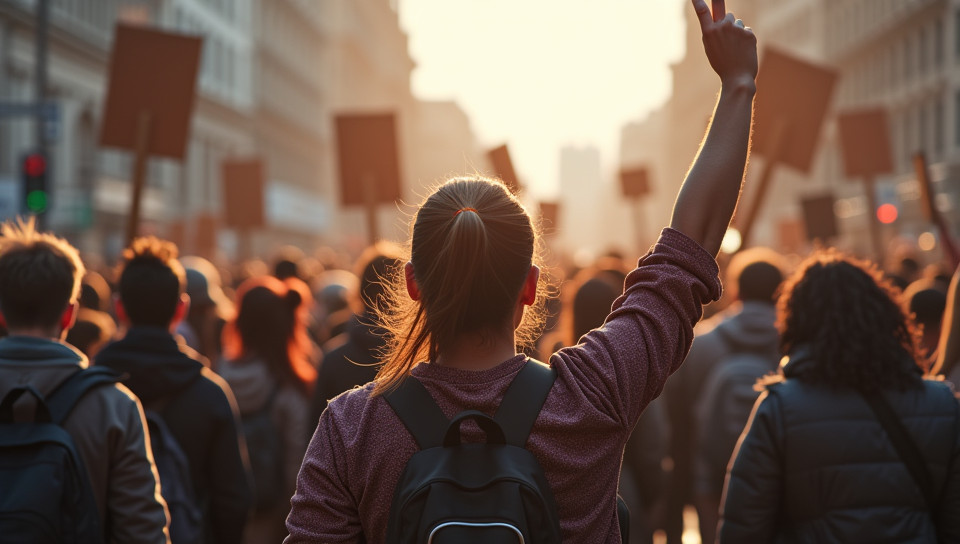Protests can take many different forms and sizes 85%

Protests Can Take Many Different Forms and Sizes
In today's world, protests have become an integral part of social movements, political uprisings, and human rights campaigns. From peaceful marches to violent riots, protests can take many forms and sizes, often depending on the cause, location, and level of organization.
The Spectrum of Protest Methods
Protests can be categorized into various methods, each with its unique characteristics and goals. Here are some examples:
- Demonstrations
- Strikes
- Sit-ins
- Hunger strikes
- Civil disobedience
- Rioting
- Online activism
- Boycotts
- Petitions
The Role of Size in Protests
The size of a protest can be a significant factor in its impact and effectiveness. A small, intimate gathering may allow for meaningful dialogue and connection among participants, while a massive crowd can bring attention to the cause and pressure governments or institutions to respond.
The Power of Nonviolent Resistance
Many protests have been successful through nonviolent resistance, which emphasizes peaceful means of achieving social change. This approach has been used in movements such as the Civil Rights Movement in the United States, the anti-apartheid movement in South Africa, and the Arab Spring uprisings across the Middle East.
The Risks and Challenges of Protests
Protests can also be met with violence, repression, and counter-movements. Governments may use force to quell protests, while opposing groups may organize counter-demonstrations or online campaigns to discredit or undermine the cause.
Conclusion
In conclusion, protests are a powerful tool for social change, but they come in many shapes and sizes. By understanding the various methods and forms of protest, we can better appreciate their impact and potential for creating meaningful change. As citizens, it's essential to recognize the importance of peaceful resistance, while also acknowledging the risks and challenges that come with expressing dissent. Ultimately, protests have the power to shape our world and bring about positive transformation.
- Created by: Adriana Ferreira
- Created at: Sept. 12, 2024, 10:57 p.m.
- ID: 9306

